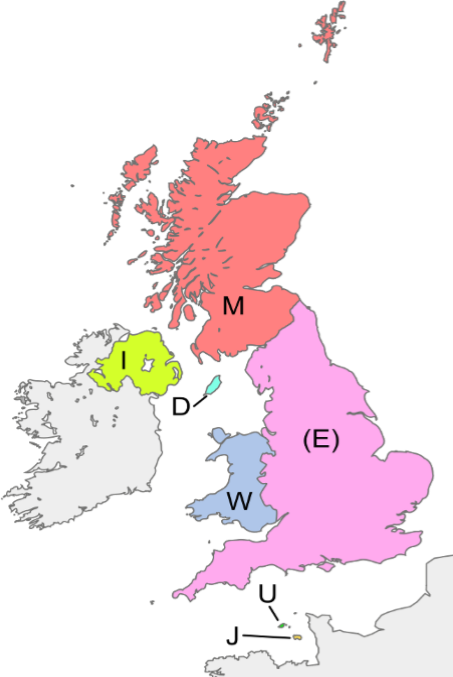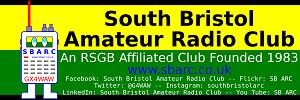You are encouraged to share this post with your friends, acquaintances, colleagues and family by all channels available to you.
News posts, such as this, published on the SBARC website are reposted via a number of other channels including social media feeds and our Groups.io mailing lists. These external services may alter the formatting or layout of the original News Post. If you want to see this News Post in its original form please visit the SBARC website News page and follow the link or links to the story or stories of your choice.
There was excitement, if it can be termed such, at our recent Special Event station for Mills on the Air (see: https://www.sbarc.co.uk/club-activities/mills-on-the-air/mills-2022) when we thought we were going to be successful in working all of the recognised different parts of the United Kingdom as defined in the Amateur Radio licence, namely: England, Guernsey, Isle of Man, Jersey, Northern Ireland, Scotland and Wales.
We have always, or at least over many of our recent outings, including pre-Covid, harboured the ambition of collecting a complete set of RSL’s, something that hasn’t occurred very often if at all. In fact a discussion was precipitated between Andy G7KNA and Mark M0SKV. Mark was of the opinion that we had managed this on at least one occasion whilst Andy felt that it hadn’t been achieved.
So the only way to find out for sure is to look back over the logs, which fortunately we maintain on this website, and see when (or if) we did manage a full set.

If you understand what an RSL is, then you can comfortably skip forward to the analysis of how often we have managed to collect a full set of RSL’s on a single event. Otherwise read on for some background.
Amateur Radio callsigns in the UK start with a G, M or the number 2, and this includes Special Event stations. To allow other Amateur Radio operators to determine which part of the United Kingdom a station is located in we employ Regional Secondary Locators (RSL’s), as illustrated in the map to the left, the RSL being employed after the first character of the callsign. So; a station with the callsign M7ABC would be M7ABC in England, MW7ABC in Wales, MM7ABC in Scotland and so forth. The only callsign group to employ the “E” are those commencing 2 allocated currently to Intermediate Licensees. Clubs can also use Regional Secondary Locators, but a different set of those apply to Club callsigns.
The UK Amateur Radio Licence Terms, Conditions and Limitations document currently states:
2(2) The Licensee shall use the following appropriate Regional Secondary Locator after the United Kingdom Callsign prefix “G”, “M” or “2” as specified in Section 1, when identifying the Radio Equipment in accordance with Clause 13(1):
- England – No Regional Secondary Locator;
- Guernsey – “U”;
- Isle of Man – “D”;
- Jersey – “J”;
- Northern Ireland – “I”;
- Scotland – “M”;
- Wales – “W”.
2(3) If the Callsign specified in Section 1 begins with the number “2”, the provisions of Clause 2(2) shall apply with the addition that when used in England, the Secondary Locator “E” shall be used.
Notes to the Licence
(c) If the Radio Equipment is used solely by a Club then the following Regional Secondary Locators may be used instead of those described in Clause 2(2):
- England – “X”;
- Guernsey – “P”;
- Isle of Man – “T”;
- Jersey – “H”;
- Northern Ireland – “N”;
- Scotland – “S”;
- Wales – “C”.
The table below shows the RSL’s that should or may (in the case of club licences) be applied. Note that the callsign patterns only employ the modern three letter format, older callsigns and some contest callsigns have less characters, but this table covers the vast majority of callsigns likely to be encountered and serves to demonstrate the use of the RSL.

